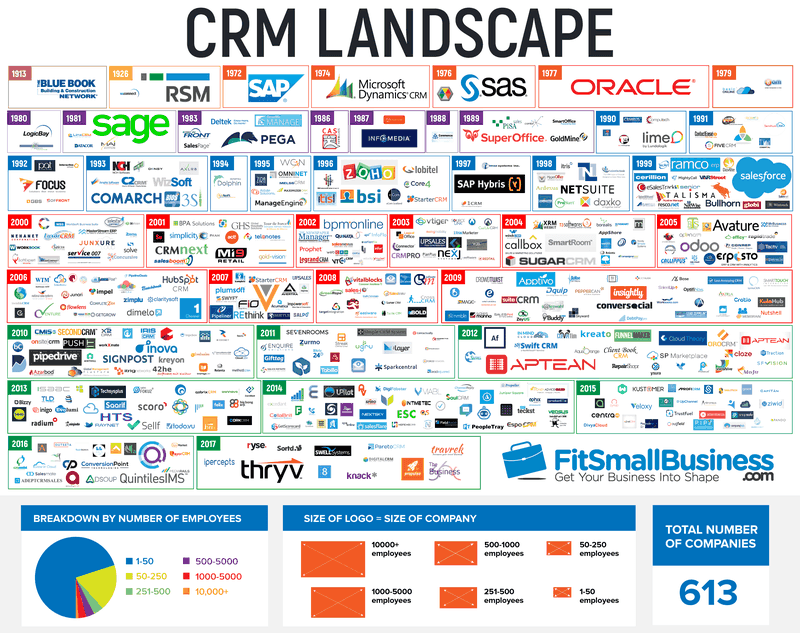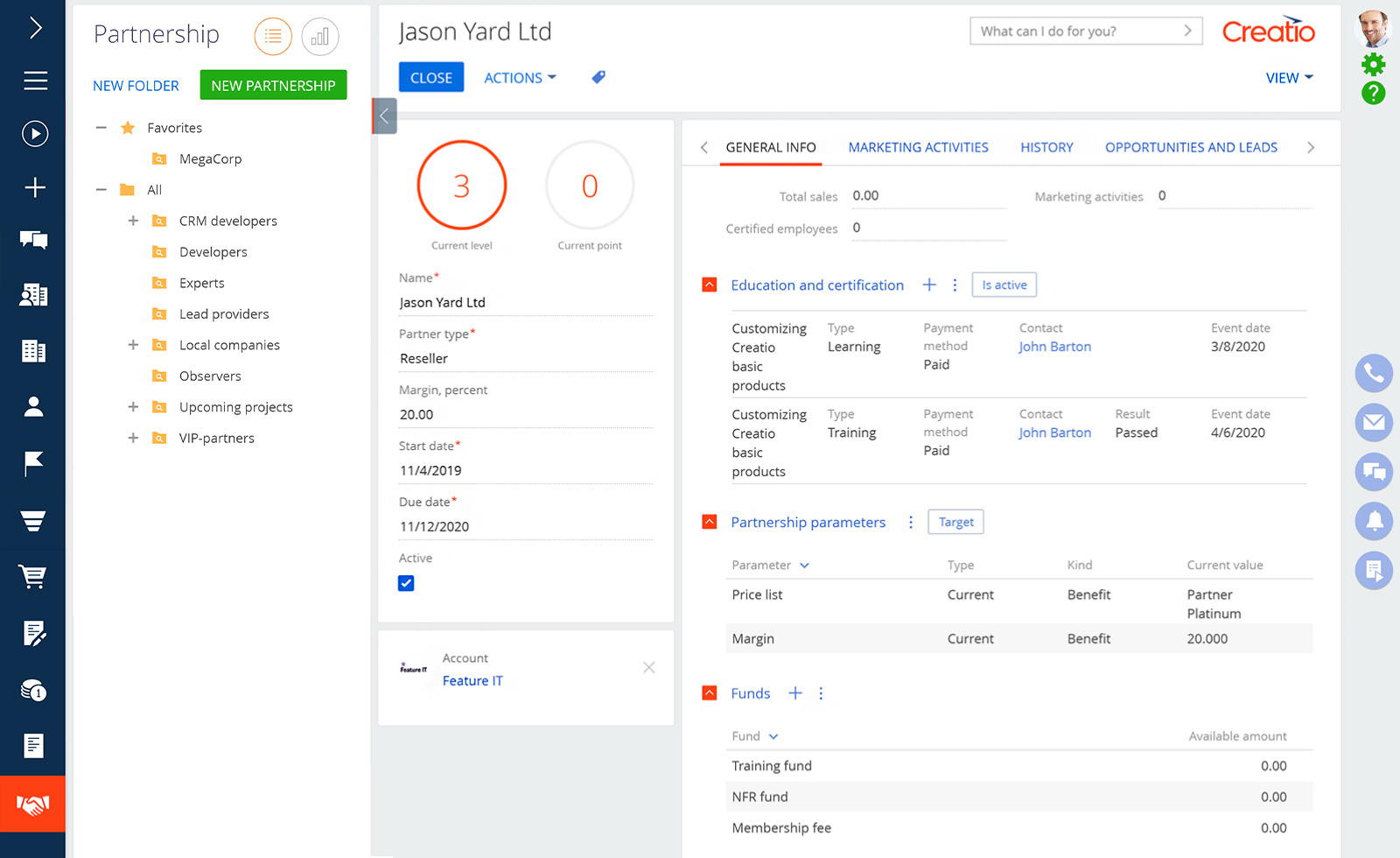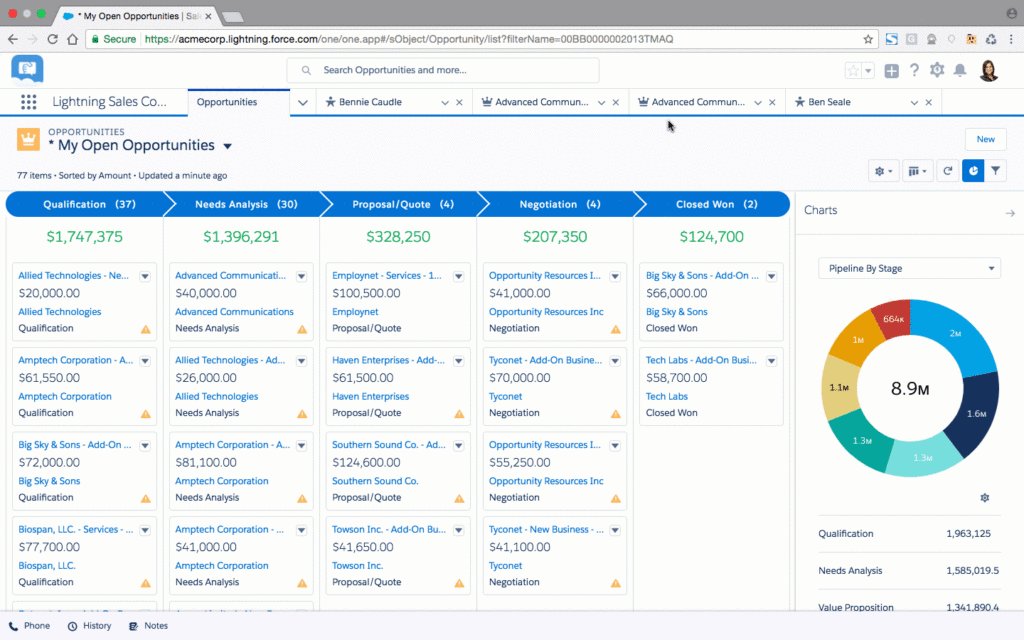CRM and sales tools have become indispensable in modern business, empowering companies to streamline their processes, nurture customer relationships, and drive sales growth. These tools offer a comprehensive suite of capabilities, ranging from lead generation and customer management to forecasting and automation, making them essential for businesses looking to gain a competitive edge.
In this comprehensive guide, we will delve into the world of CRM and sales tools, exploring their types, benefits, challenges, and best practices. We will also showcase real-world case studies and discuss emerging trends shaping the future of customer relationship management and sales.
Introduction
Customer relationship management (CRM) and sales tools are essential for businesses in today’s competitive market. CRM systems help businesses manage their customer relationships and track their sales activities. Sales tools help businesses automate their sales processes and close more deals.CRM and sales tools are essential for businesses of all sizes.
They can help businesses improve their customer service, increase their sales, and reduce their costs.
Importance of CRM and Sales Tools in Modern Business
In today’s competitive market, businesses need to do everything they can to gain an edge over their competition. CRM and sales tools can help businesses do just that. By providing businesses with a better understanding of their customers and their sales processes, CRM and sales tools can help businesses improve their customer service, increase their sales, and reduce their costs.
- Improved customer service:CRM systems can help businesses track their customer interactions and identify opportunities to improve their customer service. For example, a CRM system can help a business identify customers who have had a negative experience with the company. The business can then reach out to these customers and try to resolve their issues.
- Increased sales:Sales tools can help businesses automate their sales processes and close more deals. For example, a sales tool can help a business track its leads and identify opportunities to close deals. The sales tool can also help the business automate its follow-up process and send out reminders to potential customers.
- Reduced costs:CRM and sales tools can help businesses reduce their costs by automating their processes and improving their efficiency. For example, a CRM system can help a business automate its customer service process and reduce the number of customer service representatives it needs.
A sales tool can help a business automate its sales process and reduce the amount of time it takes to close deals.
Types of CRM and Sales Tools
CRM and sales tools come in various forms, each tailored to specific aspects of customer relationship management and sales processes. These tools can be broadly categorized into CRM tools and sales tools, with further sub-categories within each.
CRM Tools
CRM tools are designed to manage and enhance customer interactions throughout the customer lifecycle. They provide a centralized platform for storing, organizing, and analyzing customer data, enabling businesses to track customer touchpoints, manage customer relationships, and improve overall customer experience.
- Operational CRM:Focuses on automating and streamlining day-to-day customer interactions, such as lead management, sales tracking, and customer service.
- Analytical CRM:Provides data analysis and reporting capabilities to help businesses understand customer behavior, identify trends, and make informed decisions.
- Collaborative CRM:Facilitates collaboration between different departments within an organization, such as sales, marketing, and customer service, to ensure a seamless customer experience.
Sales Tools
Sales tools are designed to support the sales process, from lead generation to closing deals and managing customer relationships. They provide features such as lead tracking, opportunity management, forecasting, and customer relationship management.
- Lead generation tools:Help businesses identify and attract potential customers through various channels, such as email marketing, social media, and website forms.
- Customer relationship management (CRM) tools:Allow sales teams to track and manage customer interactions, including lead qualification, opportunity tracking, and customer support.
- Forecasting tools:Enable sales teams to predict future sales based on historical data, market trends, and other factors, helping them plan and allocate resources effectively.
Benefits of Using CRM and Sales Tools

CRM and sales tools provide numerous benefits to businesses by improving customer relationships, increasing sales productivity, enhancing collaboration and communication, and automating tasks and streamlining processes.
These benefits translate into increased revenue, improved customer satisfaction, and reduced operational costs, making CRM and sales tools essential for businesses looking to gain a competitive edge.
Improve customer relationships
CRM and sales tools help businesses build stronger customer relationships by providing a centralized platform to manage all customer interactions.
- Track customer history, preferences, and communication.
- Provide personalized customer experiences based on their individual needs.
- Identify and address customer issues promptly, increasing satisfaction and loyalty.
Increase sales productivity
CRM and sales tools streamline the sales process, making it more efficient and effective.
- Automate tasks such as lead generation, qualification, and follow-up.
- Provide real-time insights into sales performance, allowing for data-driven decision-making.
- Improve communication and collaboration between sales teams, leading to increased productivity.
Enhance collaboration and communication
CRM and sales tools foster collaboration and communication within sales teams and across departments.
- Share customer information, notes, and updates with colleagues.
- Create and manage shared calendars and tasks to ensure everyone is on the same page.
- Use built-in communication tools to facilitate seamless communication.
Automate tasks and streamline processes, Crm and sales tools
CRM and sales tools automate repetitive tasks and streamline processes, freeing up sales teams to focus on more strategic initiatives.
- Automate email campaigns, lead scoring, and appointment scheduling.
- Create and manage workflows to streamline complex processes.
- Integrate with other business systems, such as marketing automation and accounting, to eliminate data silos.
Challenges of Implementing CRM and Sales Tools

Implementing CRM and sales tools can bring numerous benefits to businesses. However, it’s crucial to be aware of the potential challenges that may arise during the implementation process.
Here are some common challenges and how to address them:
Data Security and Privacy Concerns
CRM systems store sensitive customer data, which raises concerns about data security and privacy. To address these concerns, businesses should:
- Implement robust security measures, such as encryption and access controls.
- Comply with relevant data protection regulations and industry standards.
- Educate employees on data security best practices.
Resistance to Change and Adoption
Implementing new tools can often face resistance from employees who are reluctant to change their existing workflows. To overcome this challenge, businesses should:
- Communicate the benefits of the new tools clearly and effectively.
- Involve employees in the implementation process to gain their buy-in.
- Provide training and support to help employees adapt to the new tools.
Integration with Existing Systems
CRM and sales tools need to integrate with existing systems, such as ERP and marketing automation tools. Poor integration can lead to data inconsistencies and inefficiencies. To ensure smooth integration, businesses should:
- Choose tools that are compatible with their existing systems.
- Work with vendors to ensure seamless integration.
- Test the integration thoroughly before deployment.
Cost and Return on Investment
CRM and sales tools can be expensive to implement and maintain. It’s important to carefully consider the costs and potential return on investment (ROI) before making a decision. To maximize ROI, businesses should:
- Identify clear business objectives for implementing the tools.
- Quantify the potential benefits and costs.
- Monitor and track the results to demonstrate the value of the investment.
Best Practices for Using CRM and Sales Tools

To maximize the benefits of CRM and sales tools, it’s essential to adopt best practices that enhance their effectiveness. By following these guidelines, businesses can ensure optimal utilization of these tools and drive improved sales performance.
Define Clear Goals and Objectives
Before implementing CRM and sales tools, clearly define the specific goals and objectives you aim to achieve. This could include improving sales conversion rates, enhancing customer satisfaction, or streamlining sales processes. Establishing clear targets provides a roadmap for selecting the appropriate tools and measuring their impact.
Choose the Right Tools for Your Business
Not all CRM and sales tools are created equal. Carefully evaluate your business’s specific needs and requirements before selecting tools. Consider the size of your sales team, the industry you operate in, and the functionalities that are crucial for your operations.
Avoid purchasing tools that offer features you don’t need, as this can lead to unnecessary costs and complexity.
Train Staff Thoroughly
Proper training is essential for ensuring that your sales team can effectively utilize CRM and sales tools. Provide comprehensive training sessions that cover all aspects of the tools, including data entry, reporting, and lead management. Regular refresher courses can also help keep staff up to date on the latest features and best practices.
Monitor and Evaluate Results
Regularly monitor and evaluate the performance of your CRM and sales tools. Track key metrics such as sales conversion rates, customer satisfaction scores, and sales pipeline growth. Use this data to identify areas for improvement and make adjustments to your tools or strategies as needed.
Continuously Improve and Optimize
CRM and sales tools should be continuously improved and optimized to maximize their effectiveness. Stay updated on the latest industry trends and best practices. Consider implementing new features or integrations that can enhance the capabilities of your tools. Regular updates and optimizations ensure that your CRM and sales tools remain aligned with your evolving business needs.
Case Studies and Examples
CRM and sales tools have helped numerous businesses streamline their sales processes, improve customer relationships, and boost revenue. Here are a few case studies and examples to demonstrate their effectiveness:
Salesforce Case Study
- Salesforce implemented its own CRM system to manage its sales, marketing, and customer service operations.
- The system provided a centralized platform for managing customer data, tracking sales activities, and automating workflows.
- As a result, Salesforce experienced a 27% increase in sales productivity and a 23% reduction in customer churn.
HubSpot Case Study
- HubSpot, a leading provider of CRM and marketing software, used its own tools to grow its business from a startup to a multi-billion dollar company.
- HubSpot’s CRM system helped the company track customer interactions, automate marketing campaigns, and close deals more efficiently.
- The company attributed its rapid growth to the effective use of CRM and sales tools.
Pipedrive Case Study
- Pipedrive, a CRM and sales pipeline management tool, helped a real estate agency increase its sales conversion rate by 30%.
- The agency used Pipedrive to track leads, manage their sales pipeline, and automate follow-up tasks.
- By streamlining their sales process, the agency was able to close more deals and grow their revenue.
Future Trends in CRM and Sales Tools
The CRM and sales industry is constantly evolving, with new technologies and trends emerging all the time. These advancements are shaping the future of customer relationship management and sales, making it more efficient, effective, and personalized.
Artificial Intelligence (AI)
AI is rapidly becoming a key player in the CRM and sales industry. AI-powered tools can help businesses automate tasks, gain insights into customer behavior, and personalize marketing and sales campaigns.
- Chatbots:AI-powered chatbots can be used to provide customer support, answer questions, and schedule appointments.
- Lead scoring:AI algorithms can be used to score leads based on their behavior, demographics, and other factors.
- Predictive analytics:AI can be used to predict customer churn, identify upsell opportunities, and optimize marketing campaigns.
Cloud Computing
Cloud computing is another major trend in the CRM and sales industry. Cloud-based CRM and sales tools offer several advantages, including:
- Scalability:Cloud-based tools can be easily scaled up or down to meet the needs of a business.
- Accessibility:Cloud-based tools can be accessed from anywhere, at any time.
- Cost-effectiveness:Cloud-based tools are often more cost-effective than on-premises solutions.
Mobile CRM
Mobile CRM is becoming increasingly popular, as more and more sales professionals are using mobile devices to manage their work. Mobile CRM tools allow sales professionals to access customer data, track leads, and close deals on the go.
Social CRM
Social CRM is a strategy for using social media to manage customer relationships. Social CRM tools can help businesses track customer interactions on social media, identify influencers, and generate leads.
Last Recap
CRM and sales tools are not just software solutions; they are strategic investments that can transform the way businesses operate. By embracing these tools and leveraging their capabilities, companies can unlock unprecedented opportunities for growth, customer satisfaction, and profitability. As the business landscape continues to evolve, CRM and sales tools will undoubtedly play an even more critical role in shaping the future of customer engagement and sales success.